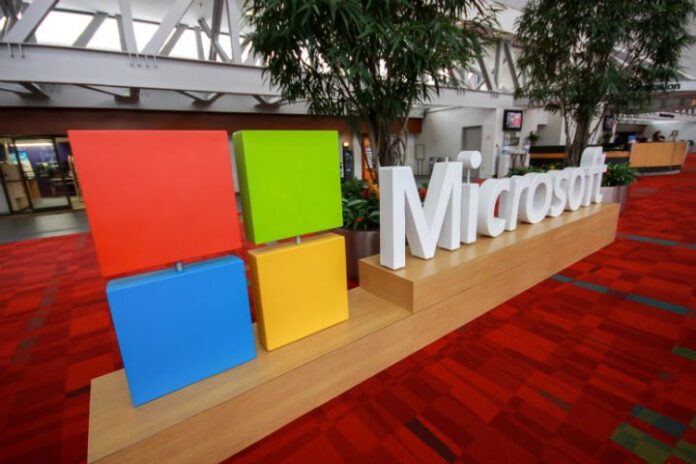Microsoft Just-In-Time Virtual Machines (VM) Access aims to thwart unauthorized access to virtual machines
Microsoft recently debuted a new security tool called Just-In-Time VM Access in an effort to better secure virtual machines running on Azure from computer hackers.
Microsoft Azure is Microsoft’s public cloud computing platform hosted by Microsoft data centers. Just-in-Time VM Access restricts user access to VMs running on Azure infrastructure. While open VMs are widely used to deploy various network functions automatically, they are also a prime target for computer hackers. According to a 2015 report by Kaspersky Lab, the recovery costs for security issues involving VMs in both a public and private cloud environment are twice the amount of a traditional environment.
Rather than leave the VMs open to be accessed by anyone at anytime, the Just-In-Time Preview determines which IP addresses and users can access them in advance. This prevents unauthorized users from accessing the VMs, and gives authorized users access to them upon making a request.
“When JIT VM Access is enabled, Azure Security Center locks down inbound traffic to defined ports by creating Network Security Group rule(s),” wrote Ben Kliger, senior product manager for Microsoft, in a company blogpost. “You can request access to the VM when needed, which opens the needed port for an approved amount of time, from approved IP addresses, and only for users with proper permissions,” he added.
The Just-in-Time VM Access determines which VMs users can access and for how long. The Azure Activity Log records each time a user accesses a VM, providing a documented history of user activity. The Just-in-Time VM Access tool is currently in public preview and available for free for the first 60 days.
Microsoft announced the addition of a Azure PowerShell to the Azure Cloud Shell as well. Originally previewed in December, the Cloud Shell is a browser-based shell that provides automatic and secure access to pre-configured workstations made for Azure. Users can leverage the powershell to troubleshoot and automate typical management duties. The powershell is currently in private preview, meaning users have to sign up to use it.
Microsoft also discussed the kinds of threats involved in using this type of technology. Cyber security has been a major challenge for service providers with the use of VMs. According to a report by Cybersecurity Ventures, cyber attacks are anticipated to cost the globe more than $6 trillion by 2021, double the price estimated in 2015. Microsoft’s Azure Security Center are accessible through the Azure Portal, keeping tabs on Azure and cloud services by sending out alerts whenever a security breach is detected. Users can keep tabs on hackers themselves by regularly checking logs and applications that were not installed by administrators.

